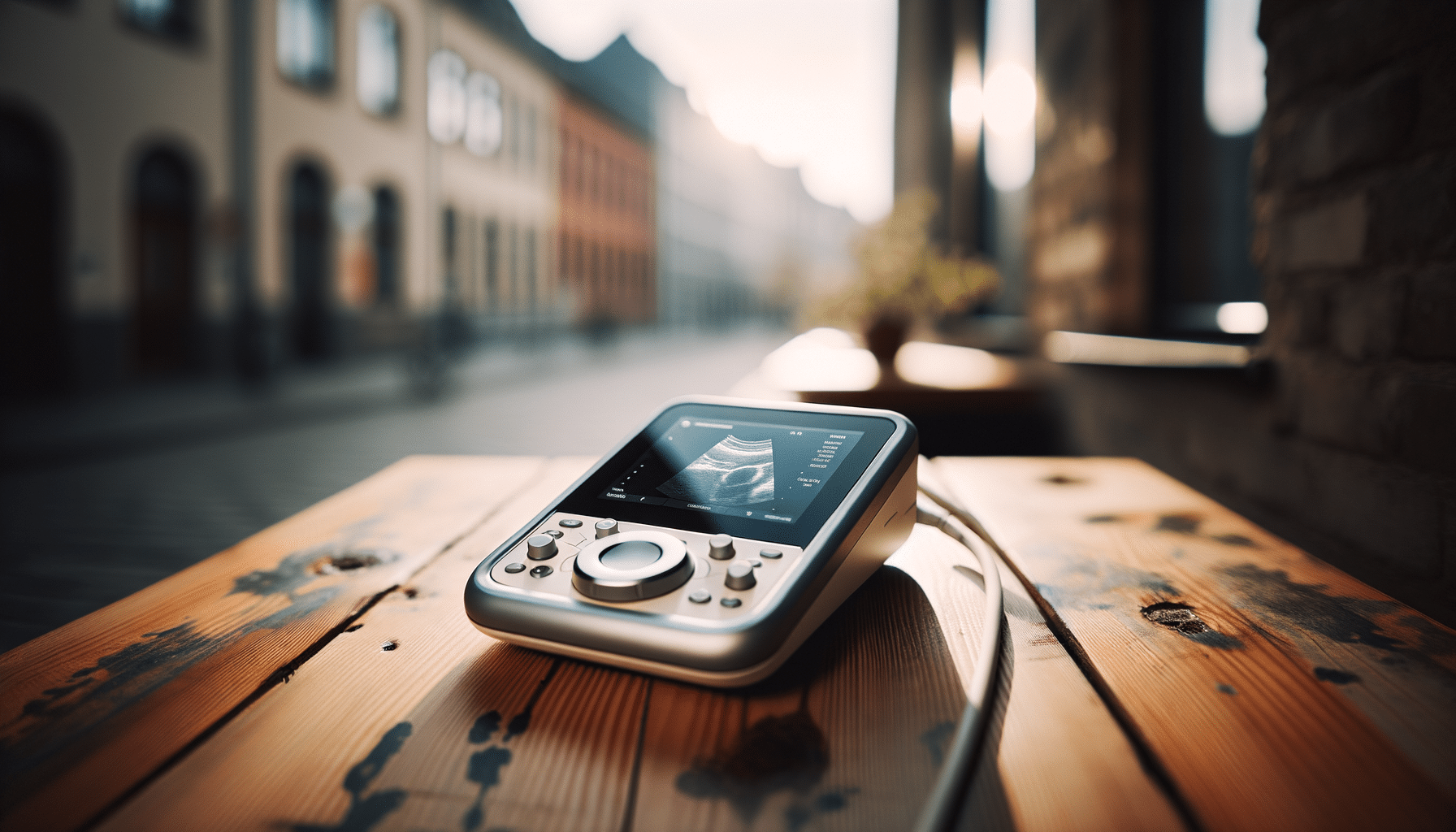
The Evolution of Handheld Ultrasound Devices
Introduction
In recent years, the field of medical imaging has witnessed significant advancements, notably with the development of handheld ultrasound devices. These portable units have revolutionized the way healthcare professionals perform ultrasound imaging, offering compact design and innovative technology that enhance diagnostic capabilities and patient care. This article delves into the evolution of handheld ultrasound devices, examining their impact on the medical field and exploring the potential future developments in this area.
The Early Days of Ultrasound Imaging
Ultrasound imaging has been a cornerstone in medical diagnostics since its inception in the mid-20th century. Initially, the equipment was bulky and required dedicated spaces within healthcare facilities. These early machines, while groundbreaking, were limited by their size and the need for specialized operators. As technology progressed, so did the demand for more accessible and versatile medical equipment.
The transition from large-scale ultrasound machines to more portable versions began as advancements in electronics and computing made it feasible to miniaturize components without compromising on quality. This shift was driven by the need for flexibility in various clinical settings, from emergency rooms to remote field operations. The development of portable ultrasound devices marked the beginning of a new era in medical imaging, allowing healthcare providers to perform diagnostic procedures outside traditional hospital environments.
Technological Innovations in Handheld Devices
The advent of handheld ultrasound devices is a testament to the power of innovative technology in medical equipment. These devices integrate cutting-edge advancements such as high-frequency transducers, advanced signal processing, and enhanced imaging algorithms to provide high-quality images in a compact design. The portability of these devices is a major advantage, enabling clinicians to perform ultrasound imaging at the patient’s bedside, in rural clinics, or even in ambulances.
One of the key innovations is the integration of wireless technology, which allows real-time data transfer to tablets or smartphones. This feature not only facilitates immediate diagnosis but also supports telemedicine, where images can be shared with specialists across the globe for expert opinion. Additionally, the use of artificial intelligence in some handheld devices aids in image interpretation, reducing the learning curve for new users and improving diagnostic accuracy.
Impact on Clinical Practice
The incorporation of handheld ultrasound devices into clinical practice has transformed patient care. These devices have made it possible to conduct ultrasound imaging in diverse environments, from urban hospitals to remote rural areas with limited access to advanced medical equipment. The ability to perform point-of-care ultrasounds has enhanced the speed and efficiency of medical assessments, particularly in emergency and critical care settings.
Moreover, the affordability of handheld devices compared to traditional ultrasound machines has democratized access to ultrasound imaging, allowing smaller clinics and healthcare facilities in developing regions to offer diagnostic services that were previously out of reach. This shift has significantly improved patient outcomes by enabling earlier detection of conditions and facilitating timely interventions.
Future Prospects and Challenges
Looking ahead, the future of handheld ultrasound devices appears promising, with ongoing research focused on further miniaturization and enhancing imaging capabilities. The integration of machine learning and artificial intelligence is expected to play a pivotal role in improving image analysis and diagnostic precision.
However, challenges remain, particularly in ensuring the widespread adoption of these devices. Training healthcare providers to effectively use handheld ultrasound technology is crucial, as is developing standardized protocols to ensure consistent and accurate results. Additionally, regulatory and reimbursement issues may impact the pace at which these devices are integrated into mainstream healthcare systems.
Despite these challenges, the trajectory of handheld ultrasound devices is poised to continue its upward trend, with the potential to redefine the landscape of medical diagnostics and patient care.
Conclusion
Handheld ultrasound devices represent a significant leap forward in the realm of medical imaging, combining portability, innovative technology, and compact design to enhance diagnostic capabilities. As these devices evolve, they promise to expand access to quality healthcare and improve patient outcomes across the globe. The journey of these remarkable tools is just beginning, and their impact on the future of medicine is certain to be profound.


